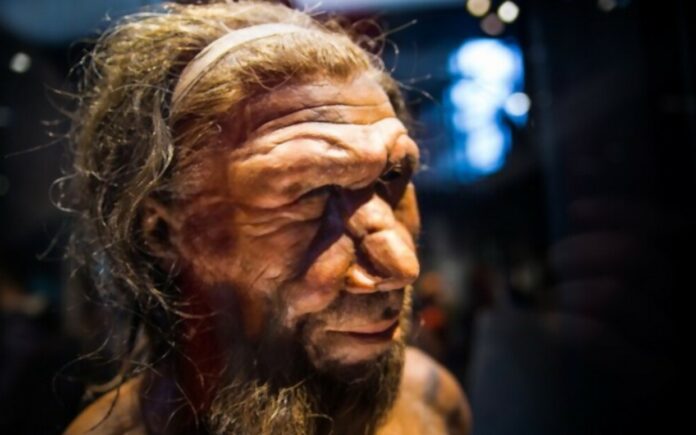Archeological deposits cover a Paleolithic supper menu in a cave just south of Lisbon. In addition to stone tools and charcoal, the site of Gruta de Figueira Brava has extensive deposits of shells and bones that reveal much about the Neanderthals who lived there, particularly their diet. A study that was published in the journal Frontiers in Environmental Archaeology proves that these Neanderthals cooked and ate crabs 90,000 years ago.
“At the end of the Last Interglacial,” according lead author Dr. Mariana Nabais, “Neanderthals regularly harvested large brown crabs.”
“They were taking them in pools of the nearby rocky coast, targeting adult animals with an average carapace width of 16cm. The animals were brought whole to the cave, where they were roasted on coals and then eaten.”
Crab-catching in prehistoric Portugal
Brown crabs predominate among the shellfish in the undisturbed Paleolithic deposits, while Nabais and her colleagues discovered a broad range of shellfish remnants in the archeological remains they analyzed. Their size was calculated by comparing the size of the carapace to the crabs’ pincers, which are more likely to survive and be discovered by scientists since they preserve better than other components of the crab. The archaeologists examined the shells for signs of butchery or pounding and evaluated if the crabs had been subjected to extreme heat.
Nabais and her coworkers found that most of the crabs were big adults that would give about 200 grams of meat. By analyzing the patterns of damage on the shells and claws, scientists ruled out the inclusion of other predators: there were no signs of carnivore or rodent predation, and the breakage patterns did not indicate avian predation. Crabs are hard to catch, but Neanderthals could have caught brown crabs this size in summer low tide pools.
Hominins caused shellfish accumulations that are linked to stone tools and other human-made features like hearths, surface changes like the burns found on about 8% of the crab shells, and evidence of intentional fractures. The crabs at Gruta de Figueira Brava had fractures that looked like they had been broken open to get to the meat inside. As shown in Gruta de Figueira Brava, it’s likely that bigger individuals will be overrepresented as a result of hominins favoring animals that provide more meat.
On the menu: shellfish
Nabais and her coworkers found evidence that suggested Neanderthals were doing more than simply gathering the crabs; they were also roasting them. When compared to studies of other mollusks heated at specific temperatures, the black burns on the crabs’ shells showed that they were heated between 300 and 500 degrees Celsius, which is typical for cooking.
“Our results add an extra nail to the coffin of the obsolete notion that Neanderthals were primitive cave dwellers who could barely scrape a living off scavenged big-game carcasses,” adds Nabais. “Together with the associated evidence for the large-scale consumption of limpets, mussels, clams, and a range of fish, our data falsify the notion that marine foods played a major role in the emergence of putatively superior cognitive abilities among early modern human populations of sub-Saharan Africa.”
Although it is hard to know why Neanderthals opted to harvest crabs or whether they attributed any importance to eating them, the scientists emphasized that eating the crabs would have provided significant nutritional advantages regardless of their reasons.
Nabais added that the perception of Neanderthals as primary carnivores relying on large herbivores of the steppe-tundra is highly distorted. This perspective may apply to some Neanderthal populations in the periglacial belt of Ice Age Europe, but not to those in the southern peninsulas, where most of the continent’s human populations lived throughout the Paleolithic, coexisting with and after the Neanderthals.
Source: 10.3389/fearc.2023.1097815
Image Credit: Shutterstock
